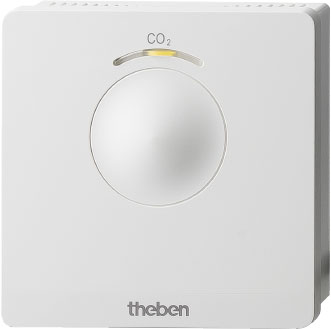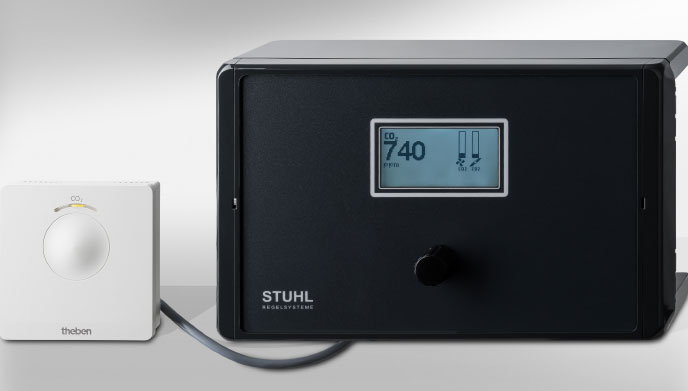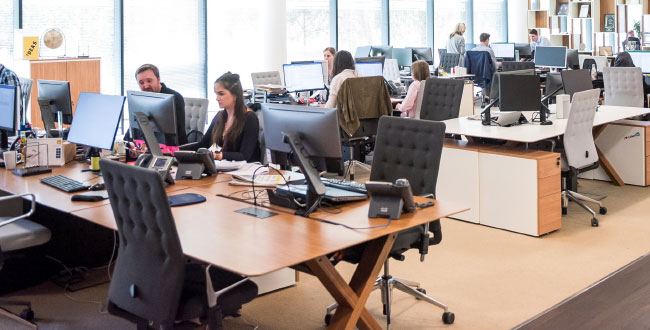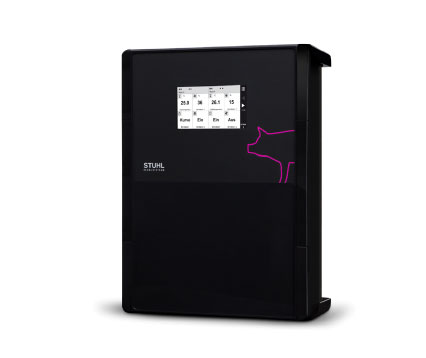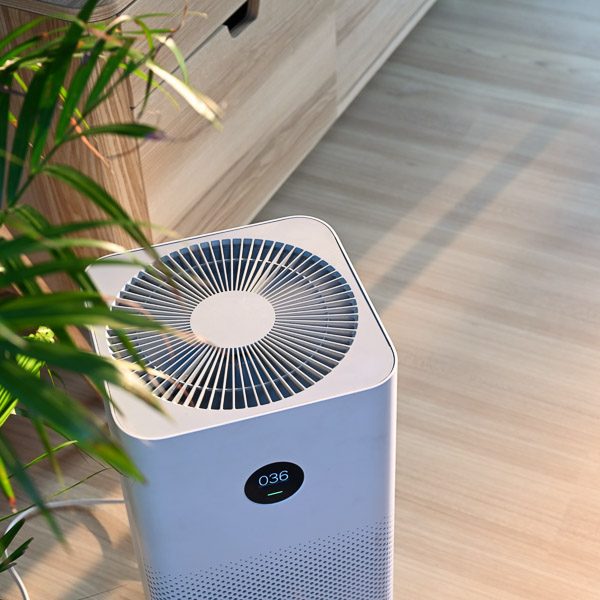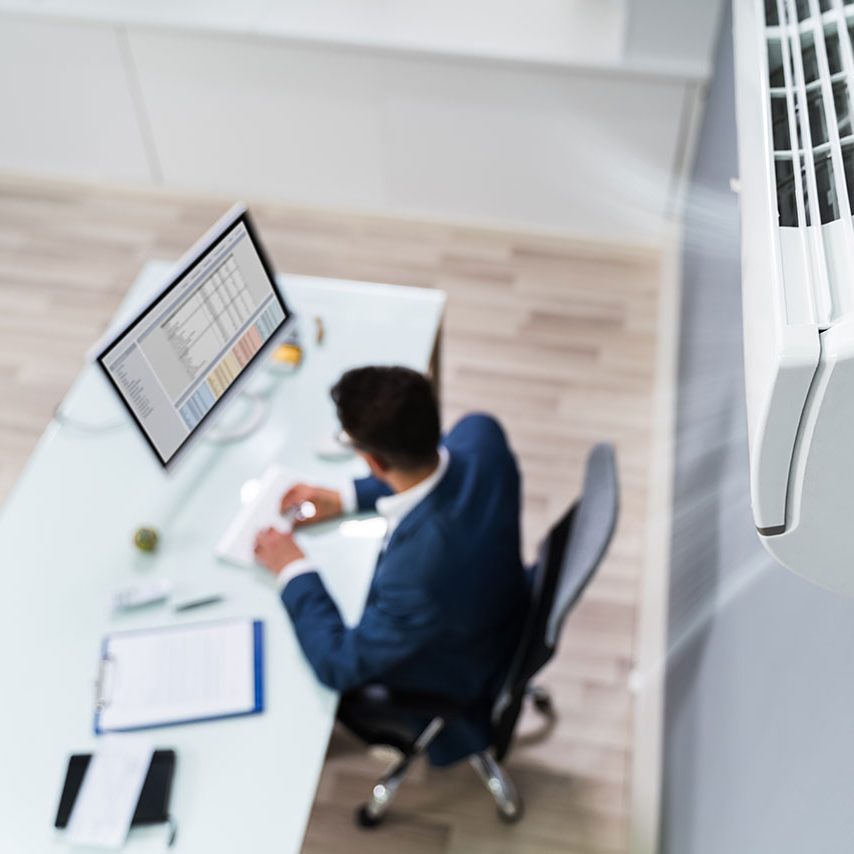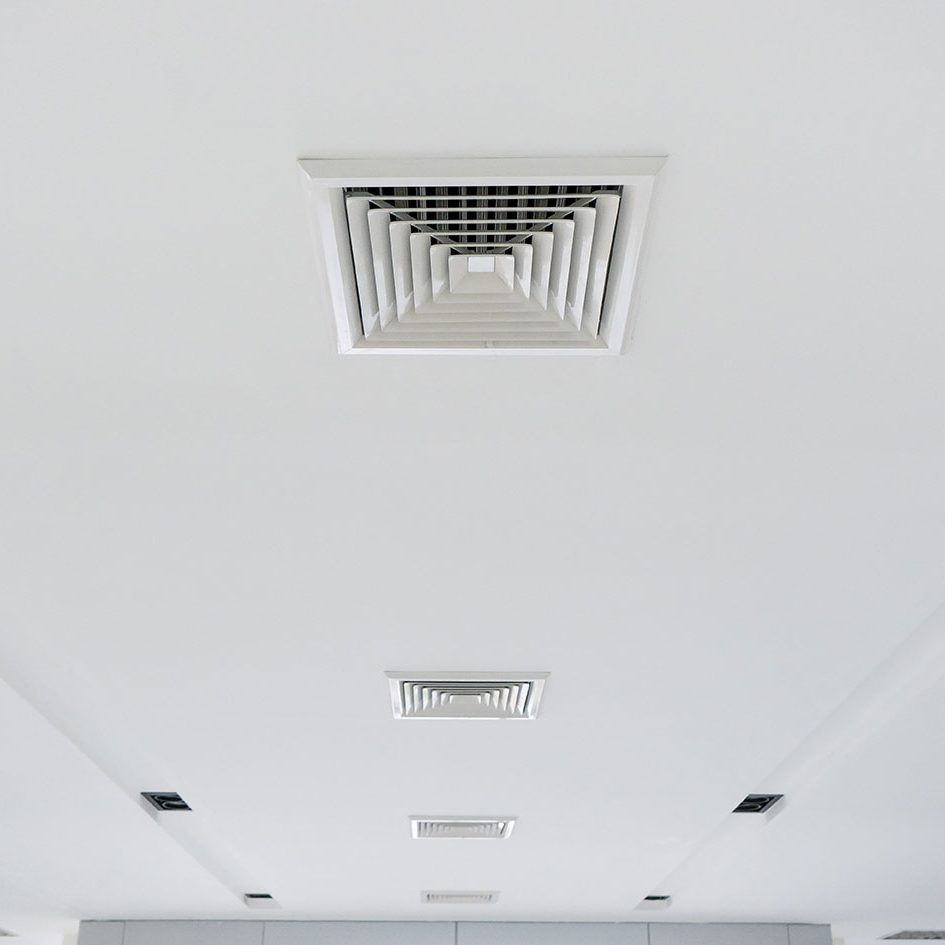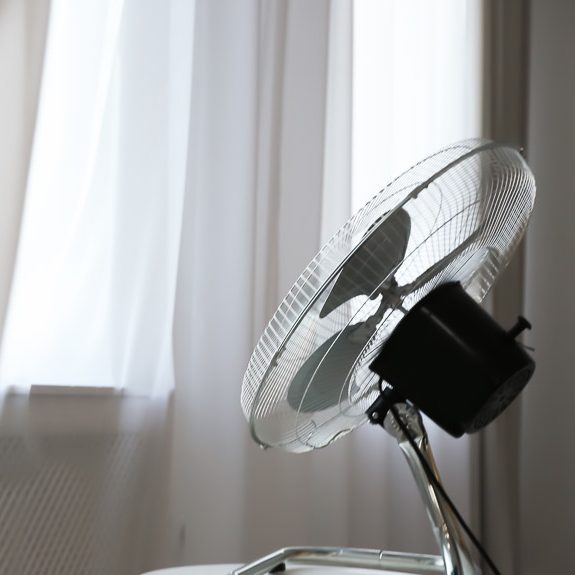Save money – 20-40% compared to a bi-metal controller
Room thermostats have a significant influence on energy consumption – it is therefore worth replacing old controllers early!
The patented 2-wire technology of the SU2x series offers a number of possibilities, which among other things ensure that the heating automatically regulates down as soon as a window is opened.
In addition, the room thermostats detect temperature differences much faster compared to the old bi-metal controller.
A bi-metal controller operates via an analog measuring behavior, while the SU2x room thermostats achieve a stable comfortable temperature through electronic sensors, and that almost without time delay.
This reduces energy consumption many times over and cost savings reach a level of 20-40 %.
No matter whether you live in rent or have your own house: The electronic control can be installed without new wiring by flush mounting with common switch frames.
The SU2x series with the dimension 55mm fits into many switch programs of various well-known manufacturers. Thus, the replacement of the wall thermostat succeeds in just a few steps.
Ask your electrician for a quote and you will be surprised how quickly this investment pays off for you.
With the SU2X series you effectively save energy and heating costs
High temperature fluctuations and the associated energy consumption are avoided during temperature control by a control based on intelligent algorithms (PWM). This reacts to the smallest temperature differences so that the set comfortable temperature can always be kept constant with very low energy consumption.
The positioning of the temperature sensor at the front of the unit eliminates the need for ventilation slots. The design is also not only modern, but also well thought-out:
With its flat and closed housing, the thermostat is easy to clean and insensitive to dirt.
So optimize your heating control now: According to the STUHL principle.
Install – ready – save heating costs!
Don’t wait any longer, energy costs will only get more expensive.




